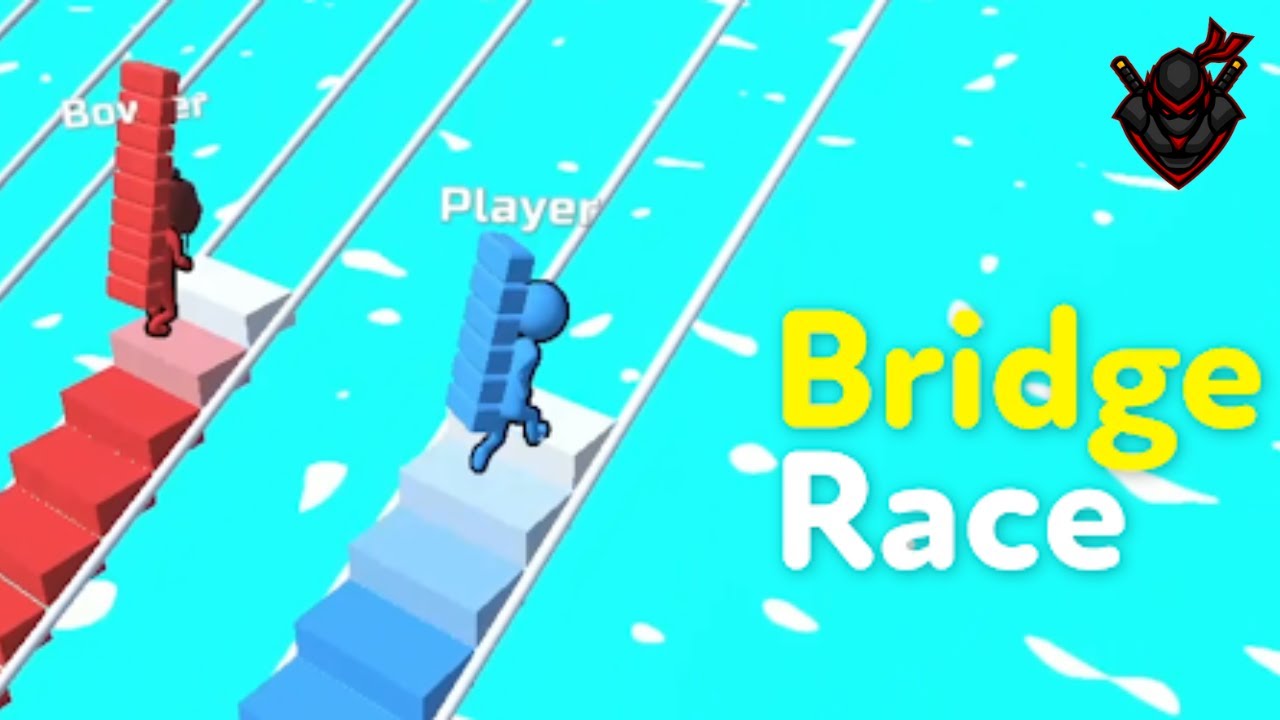When it comes to traditional games, many cultures have developed unique and exciting ways to engage players in friendly competition. One such game is the Leg Game, a game that is both fun and challenging, often played by children and groups of friends. While the name “Leg Game” might not immediately ring a bell, this game has a long history in different parts of the world, and its simplicity makes it accessible for players of all ages.
In this article, we will explore what the Leg Game is, how it is played, the rules involved, and the benefits of playing this engaging activity. Additionally, we will dive into the cultural significance of this game in various parts of the world and discuss why it continues to be a popular activity today.
What is a Leg Game?
The Leg Game is a physical and mental activity that involves coordination, balance, and strategy. While the game’s rules and format can vary depending on the region or the group playing, the central idea revolves around using legs (or a part of the body) in some way to achieve certain goals or objectives.
In its simplest form, the Leg Game is a team activity where players are paired together or form groups to accomplish specific challenges. The game may involve tasks such as carrying objects, moving from one point to another, or completing an obstacle course using only their legs. The game’s rules may be modified depending on the players’ skill levels, the location, or the goal.
History and Cultural Significance of the Leg Game
Origin of the Leg Game
The Leg Game is believed to have originated as a traditional outdoor activity, particularly in regions where group play and physical challenges were encouraged. The origins of the game can be traced to various cultures, especially in rural or community-oriented societies. Games of this nature helped foster teamwork, physical fitness, and social bonding.
While the specific origins of the Leg Game are difficult to pinpoint, it is similar to other traditional games that encourage physical interaction, such as tug-of-war, three-legged races, and relay races. These games often involve physical tasks that require players to work together, showing the importance of cooperation, balance, and communication.
Global Variations
While the basic idea of the Leg Game remains consistent, the way it is played may differ based on region and culture. For instance, in some cultures, the game might be adapted to include elements of local traditions, music, or storytelling. In other cases, the game is played as part of larger celebrations, such as festivals, school events, or family gatherings.
The Role of the Leg Game in Festivals and Celebrations
In many countries, the Leg Game is featured during festivals or community events. These occasions bring people together, and traditional games like the Leg Game serve as a way to celebrate shared cultural values. The game can help build friendships, promote healthy physical activity, and create lasting memories for participants.
How to Play the Leg Game
Basic Setup
The Leg Game is often played with at least two people, though larger groups can also participate. The basic objective is to complete a specific challenge or obstacle course using only the legs. The game’s format can vary, but a few popular versions of the game include:
- The Three-Legged Race: In this version, participants are paired up and their adjacent legs are tied together. The objective is to race to a finish line without falling or tripping over each other.
- The Leg Challenge: Players may be asked to perform specific tasks such as jumping, balancing, or maneuvering obstacles using only their legs. Points are awarded based on performance.
- Team Leg Relay: Players form teams, and each member must complete a specific task using only their legs. The team with the fastest time wins.
Rules of the Game
While the rules may differ depending on how the game is played, the general rules of the Leg Game are simple and easy to follow. Below are some common rules for the three-legged race and similar variations:
- Teamwork: In games like the three-legged race, teammates must work together, ensuring their tied legs move in sync. Teamwork and communication are key to success.
- Balance: Players must maintain their balance as they move. The game can be challenging because both participants must adjust their pace and stride to stay upright and avoid falling.
- Objective Completion: The objective of the game is to complete a specific task or obstacle course in the shortest amount of time or with the fewest mistakes.
- Safety: Since the Leg Game often involves physical movement, safety precautions should be taken. Players should warm up before starting, avoid sharp or dangerous objects on the playing field, and use appropriate footwear.
Example of the Three-Legged Race
- Start Line: Two participants stand side by side, and their adjacent legs are tied together with a cloth or band.
- Race: The participants must run or walk towards the finish line without falling. They must work together to synchronize their movements and maintain balance.
- Finish Line: The race ends when both participants cross the finish line together. The team that reaches the finish line first wins.
In other variations, players might need to jump, skip, or perform other movements using only their legs.
Benefits of Playing the Leg Game
The Leg Game provides several benefits for both children and adults. Some of these advantages include:
1. Physical Fitness
One of the main benefits of the Leg Game is the physical activity it involves. Players must use their legs and core muscles to move, jump, and balance. This can improve cardiovascular health, muscle strength, and overall fitness.
2. Teamwork and Cooperation
The Leg Game encourages teamwork and collaboration. In games like the three-legged race, players must communicate and cooperate to achieve their goal. This can help improve social skills and teach the importance of working together towards a common objective.
3. Coordination and Balance
Balancing and coordinating movements is crucial in the Leg Game. Players must synchronize their actions, which helps improve motor skills and body control. These benefits are especially important for children as they develop their physical abilities.
4. Fun and Entertainment
At its core, the Leg Game is designed to be fun and engaging. Whether it’s played in a competitive environment or just for fun, the game brings laughter and enjoyment to those involved. It’s an excellent way to spend time with friends and family while engaging in a fun physical activity.
The Leg Game in Modern Times
Although the Leg Game may have originated as a traditional activity, it continues to thrive in modern times. Schools often include variations of the game in their physical education curriculum, and it remains a favorite activity at picnics, barbecues, and sports days. Additionally, with the rise of outdoor adventure camps and team-building exercises, the Leg Game is an ideal activity to foster cooperation, communication, and physical activity.
Conclusion
The Leg Game, whether it’s the classic three-legged race or other variations, is a delightful activity that combines physical activity, teamwork, and fun. From its cultural origins to its modern-day applications, the game continues to bring people together for a good time. Whether you’re participating in a race, working through an obstacle course, or simply trying to balance, the Leg Game promotes health, cooperation, and physical fitness in an enjoyable way.


